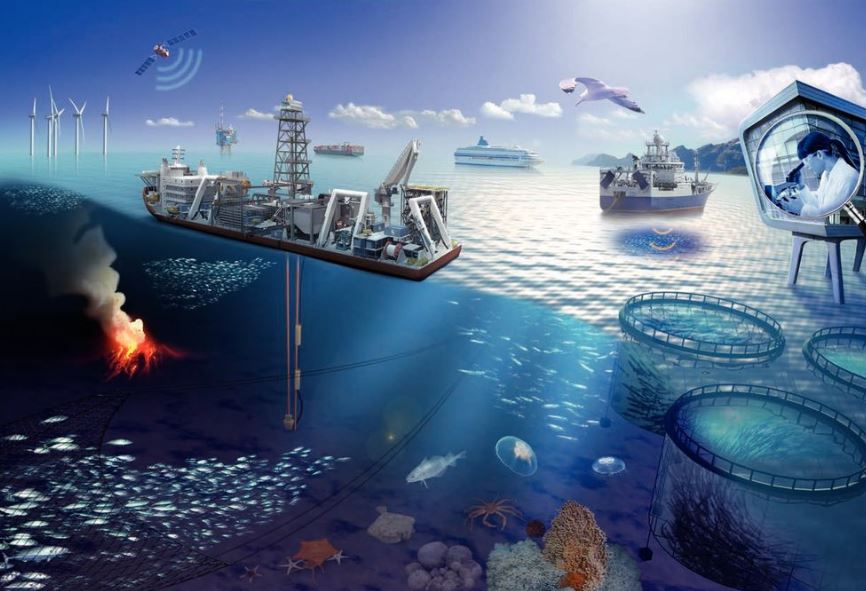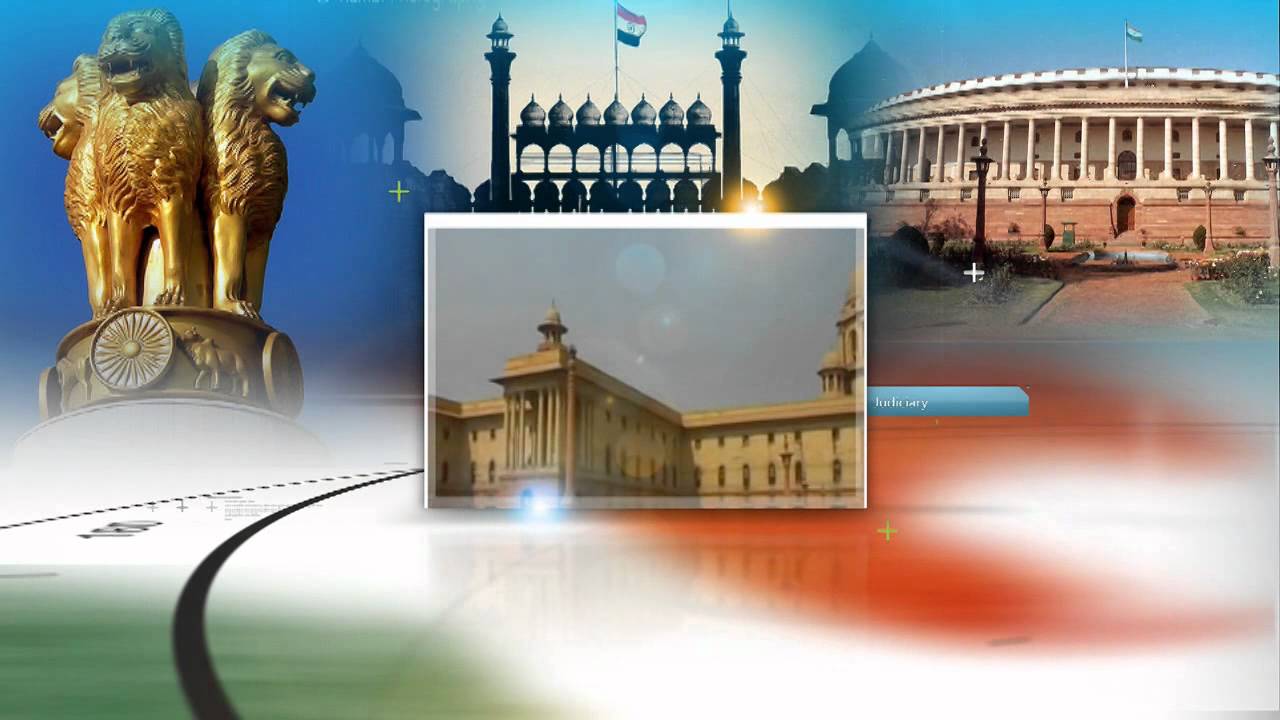Font size:
Print
Strengthening Economic Ties with the West
Context:
India’s recent progress in securing bilateral trade agreements with Western nations signals a significant geoeconomic shift.
More on News
- Beyond mere economic considerations, India is recalibrating its trade strategy in response to evolving global trends.
- Protectionist policies, supply chain disruptions, and heightened geopolitical competition have reshaped international trade, compelling countries to rethink dependencies and forge strategic alliances for greater resilience.
- India has taken a proactive approach by signing new trade agreements and reviving dormant ones, positioning itself as a crucial player in the emerging global value chains.
Revitalising India-New Zealand Trade Relations
- New Zealand PM’s Visit: A major step in India’s trade diplomacy unfolded during New Zealand Prime Minister Christopher Luxon’s maiden visit to India in March 2025.
- His visit marked a turning point in bilateral ties, focusing on trade, investment, and Indo-Pacific security.
- FTA Negotiations: After a decade-long impasse, India and New Zealand have revived negotiations for a Free Trade Agreement (FTA) with renewed political commitment and economic alignment.
- Previously, talks had stalled due to India’s protective stance on its dairy sector, which supports millions of small farmers.
- New Zealand, home to a globally competitive dairy industry, sought increased access to India’s market—an issue that was politically sensitive for India. Now, both countries appear more willing to address these concerns through innovative trade-offs and sectoral collaboration.
- Trade Ties: In 2024, India’s exports to New Zealand reached an all-time high of over $600 million, marking a 62% increase since 2019.
- However, despite overall trade growth of 24% in the same period, the total trade volume remains modest.
- As New Zealand seeks to diversify its trade away from China—its largest partner—India’s vast consumer base and growing middle class offer an attractive alternative.
- Simultaneously, India views New Zealand as a gateway to the South Pacific, enabling greater regional trade integration and strategic leverage.
India’s Expanding Trade Diplomacy: Beyond New Zealand
- Australia: In December 2022, India and Australia implemented the Economic Cooperation and Trade Agreement (ECTA), a landmark deal aimed at reducing tariffs and boosting trade and investment flows.
- With projections indicating an increase in bilateral trade from $31 billion to between $45 billion and $50 billion over five years, the agreement is expected to benefit key sectors such as agriculture, resources, and services.
- United Kingdom: At the same time, India is actively negotiating trade agreements with the United Kingdom and the European Union—both seen as pivotal to its export-led growth strategy.
- These FTAs are closely aligned with domestic priorities, including the expansion of the manufacturing sector, support for micro, small, and medium enterprises (MSMEs), and enhanced technological self-reliance under the “Make in India” initiative.
- In fiscal year 2023–24, India’s merchandise exports to the UK stood at $12.9 billion.
- Upon finalisation of the FTA, an additional $6.1 billion worth of Indian exports—including garments, seafood, mangoes, and engineering goods—will benefit from tariff reductions.
- European Union: Similarly, India and the EU revived their long-stalled FTA talks in 2022, aiming for a final agreement by the end of 2025.
- The EU is advocating tariff reductions on cars, wines, and dairy products, while India is resisting non-tariff barriers such as carbon taxes and stringent sustainability clauses, which could disproportionately impact its exporters.
- In exchange, India seeks improved mobility for IT professionals, greater access for generic medicines, and recognition as a data-secure nation to facilitate smoother cross-border data flows.
India’s expanding network of FTAs extends beyond simple tariff reductions. These agreements are designed to integrate India into resilient global supply chains, drive technological innovation, and enhance economic sovereignty. If executed effectively, they will not only expand market opportunities for Indian businesses but also solidify India’s position as a central architect of the future global trade order.


